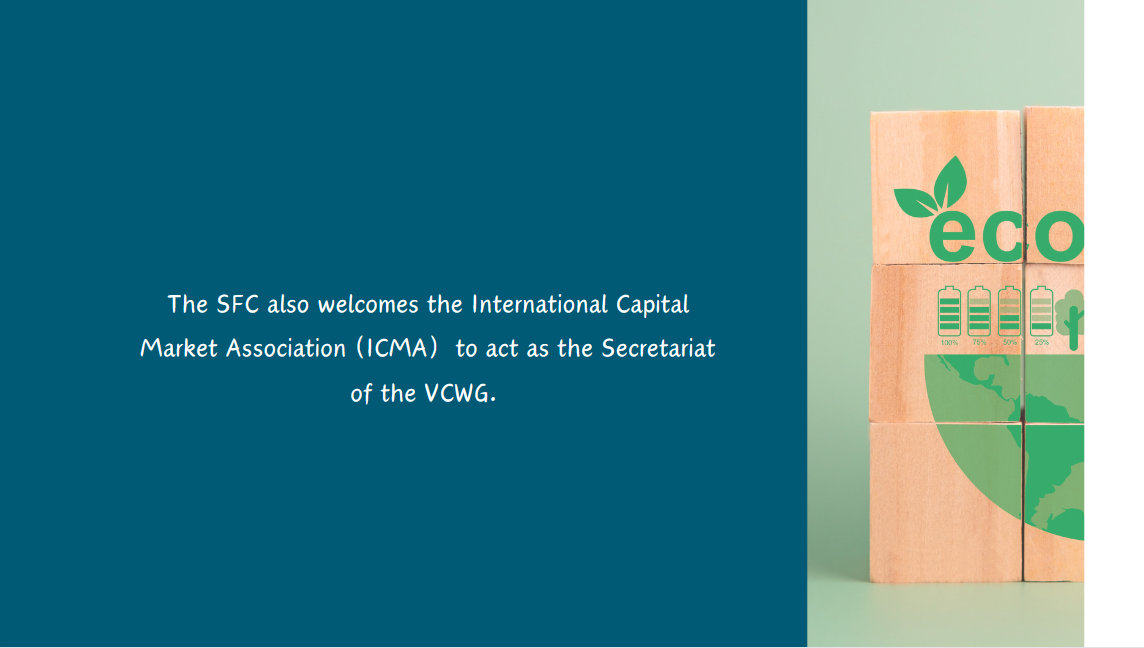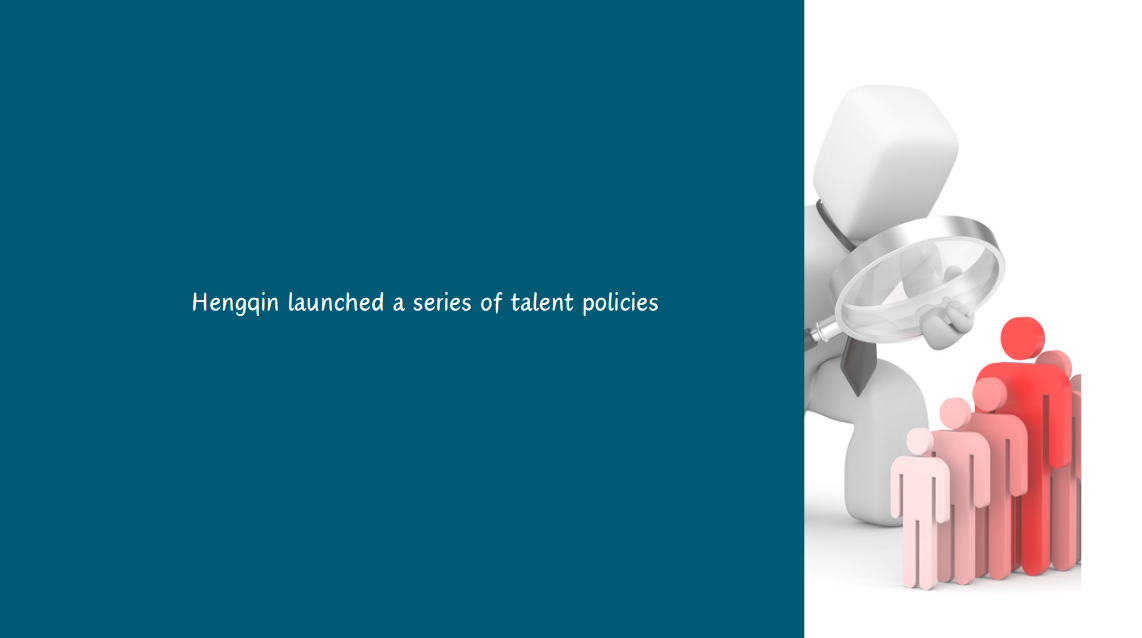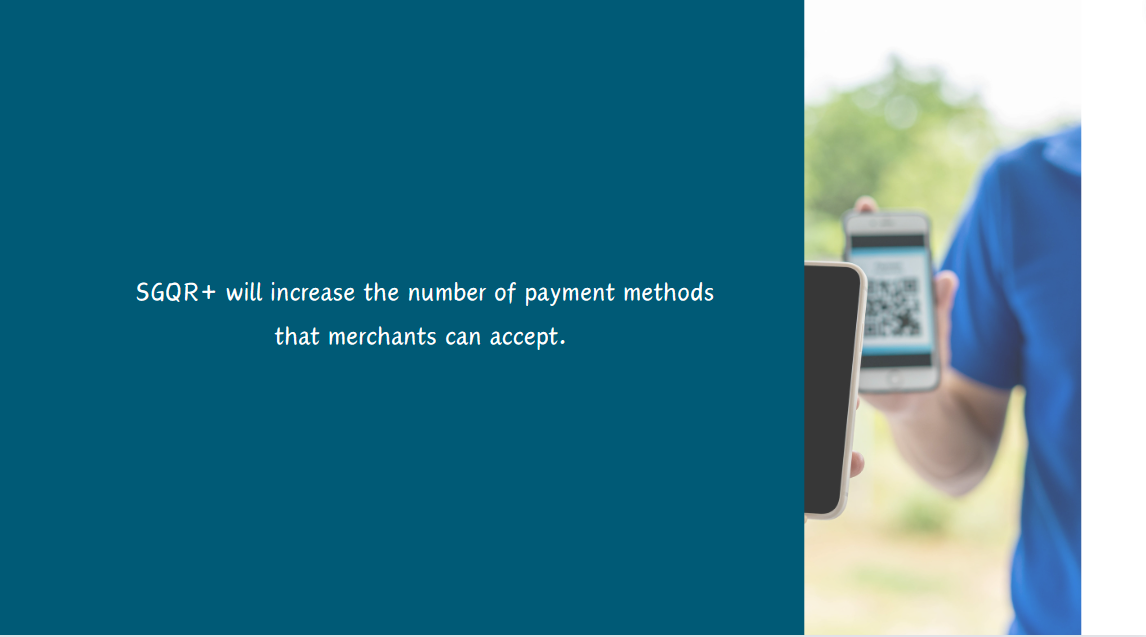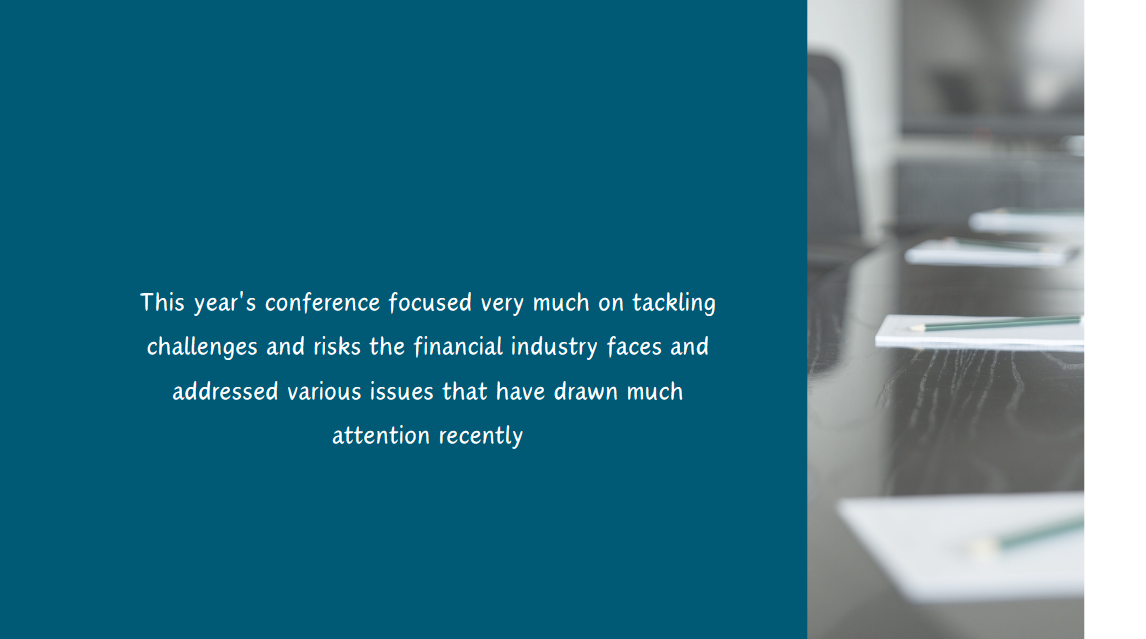Digital payments as a boon to financial inclusion
Financial inclusion is a key policy objective shared by most central banks around the globe. It is generally defined as universal access to, and use of, a wide range of reasonably priced financial services. A large body of research finds that access to financial services has the potential to empower communities and help them to weather adverse shocks (see eg Jack and Suri (2014), Kim et al (2018) and Van et al (2021)). In this way, it ultimately helps to drive economic growth.
In recent years, we've witnessed a digital revolution in finance. Armed with technology and big data, new entrants have brought greater competition to payments, credit, insurance and wealth management. This has reshaped the financial landscape and the way we interact with money and financial services. Central banks have not been passive bystanders. They have built on their role of providing the foundation for the economy by issuing money and overseeing payment systems. As we have seen, central banks can harness the digital revolution to extend the benefits of financial inclusion to all.
One concrete way central banks have done this is by developing robust digital payment infrastructures, including real-time payment systems.
In Brazil, for example, the central bank launched the fast payment system Pix in November 2020. Pix brings together over 700 banks and non-banks, offering their clients real-time transfers through a mobile phone interface. To send money, the user only needs a phone number or a quick response (QR) code. This has contributed to efficiency and competition and encouraged the digitalisation of the payment market.
Since its launch, Pix has seen remarkable growth. In its first year alone, over 67% of the Brazilian adult population either made or received a Pix transaction (Duarte et al (2022)). In the meantime, this is close to 80%. Pix transactions quickly surpassed those of credit and debit cards. But notably, other forms of digital payments have kept growing, as these substitute for cash.
Pix has also contributed to greater financial inclusion. After its launch, the number of total bank clients increased by over 40 million in two years. It is estimated that 50 million Brazilians made their first digital payment ever. And Pix has lowered the cost of payments. Indeed, peer-to-peer payments are free of charge. For merchants, Pix payments have an average cost of just 22 basis points. This compares with fees of 2.2% for credit cards and 1.1% for debit cards in Brazil. Internationally, it compares with 1.7% for credit cards in the United States, 1.5% in Canada and 0.3% in the European Union.
This success is not unique to Brazil. We've seen similarly successful fast payment systems in a number of other countries. Globally, the adoption of digital payments has become quite widespread in advanced economies, and it is advancing rapidly in emerging market and developing economies, or EMDEs. Over 2014–21, the share of adults in EMDEs using digital payments rose from 35% to 57% (World Bank (2022)).
Among the ways in which digital payments are believed to support economic growth and development is by encouraging financial inclusion and improving access to credit.
More widespread use of digital payments may encourage households to open a bank account. Meanwhile, greater engagement with the formal financial sector should facilitate borrowing by previously credit-constrained actors.
Beyond this, the adoption of digital payments could plausibly impact the informal sector.
Research at the BIS looks at exactly this. In a new paper by Ana Aguilar, Jon Frost, Rafael Guerra, Steven Kamin and myself, we look at digital payments, informality and productivity in a panel of 90 economies over 2014–19 (Aguilar et al (2023)).
We find that a 1 percentage point increase in digital payments use is associated with increases in growth rates of total factor productivity by 0.04 percentage points, and in growth rates of GDP per capita by 0.10 percentage points. Insofar as the reported share of the population making digital payments ranges from nearly 0 to 100%, this is a substantial amount.
Digital payments are also associated with a 0.06 percentage point rate of decline in the share of informal employment, and with greater access to credit.
Why is this the case? Well, widespread use of digital payments may create a "data trail" and in this way help to formalise informal sector firms. This could support scale, access to credit and investment.
Similarly, the use of digital payments for payroll may help to formalise informal workers, further promoting productivity.
As we know, the informal sector is very large in many EMDEs and generally is characterised by small scale, limited access to credit and low productivity. As such, there may be significant potential for improving productivity.
While this research does not look into the divide between urban and rural areas, there is other work that has done so (see eg Cornelli et al (2023)). In the United States, for instance, fintech lenders have tended to lend more to small business in areas with high unemployment and business bankruptcy filings. In this way, it may fill gaps in credit by incumbent banks.
References
Aguilar, A, J Frost, S Kamin, R Guerra and A Tombini (2023): "Digital payments, informality and productivity", mimeo.
Cornelli, G, J Frost, L Gambacorta and J Jagtiani (2023): "The impact of fintech lending on credit access for US small businesses", Journal of Financial Stability, forthcoming.
Duarte, A, J Frost, L Gambacorta, P Koo Wilkens and H S Shin (2022): "Central banks, the monetary system and public payment infrastructures: lessons from Brazil's Pix", BIS Bulletin, no 52, March.
Jack, W and T Suri (2014): "Risk sharing and transactions costs: evidence from Kenya's mobile money revolution", American Economic Review, vol 104, no 1, pp 183–223.
Kim, D, J Yu and M K Hassan (2018): "Financial inclusion and economic growth in OIC countries", Research in International Business and Finance, vol 43, pp 1–14, January.
Van, L T H, A T Vo, N T Nguyen and D H Vo (2021): "Financial inclusion and economic growth: an international evidence", Emerging Markets Finance and Trade, vol 57, no 1, pp 239–63.
World Bank (2022): "The Global Findex Database 2021", June.






















































First, please LoginComment After ~